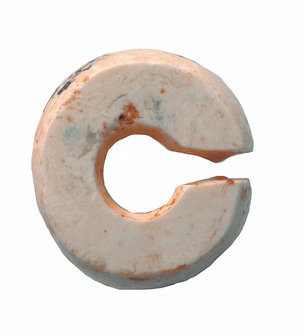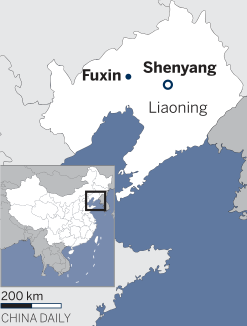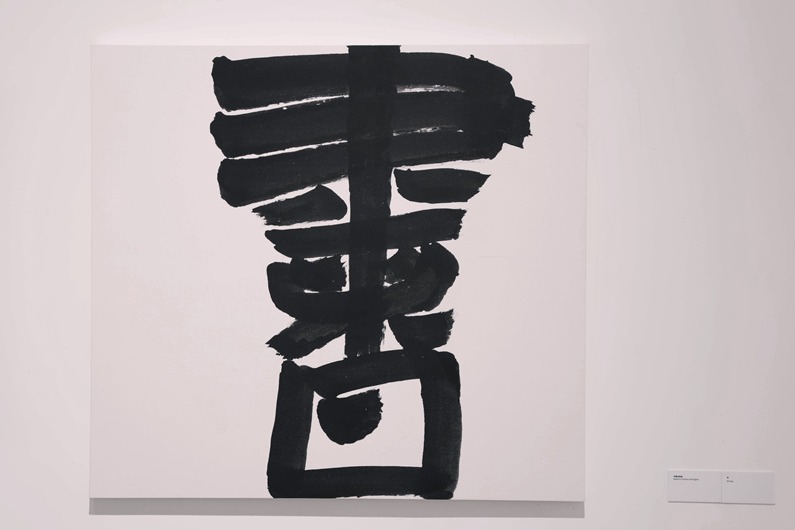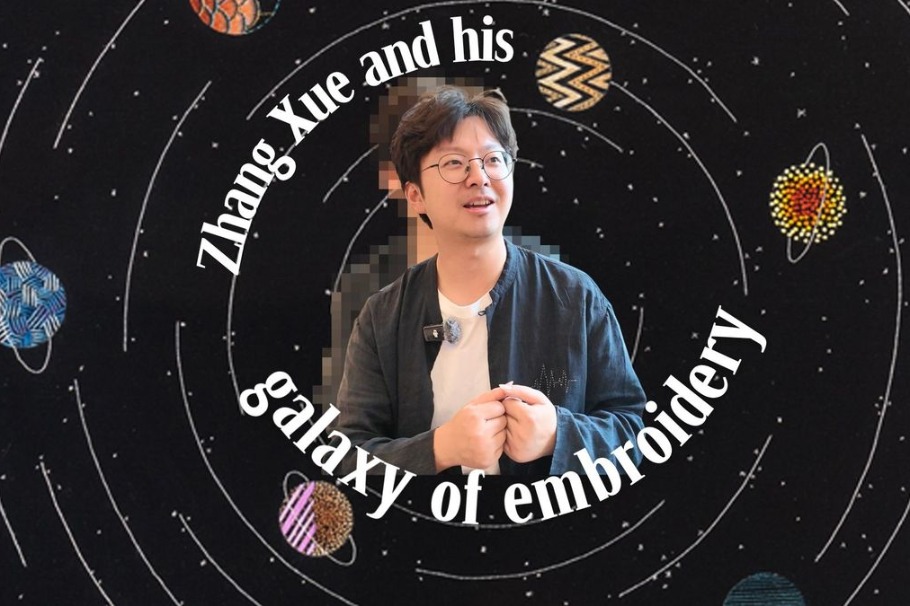Piecing together China's common foundations


Ancient site reveals secrets of the past that help build evidence of a thriving society, Wang Ru reports in Fuxin, Liaoning province.
Picturing life nearly 8,000 years ago in what is now Northeast China requires a leap of imagination, but there is also hard evidence for how people lived at the time. Findings show they inhabited semi-underground dwellings, the largest of which occupied an area of 157 square meters, and which often had a fire pit in the center. Some even had two — one perhaps for cooking and another for keeping kindling materials. They also collected fruit, hunted, raised animals, and made stone tools, jade artifacts and pottery vessels.
Knowledge of their lifestyle, rudimentary as it may be, is based on research at the Chahai Site in Fuxin, Liaoning province. The settlement has yielded discoveries of not only building foundations, tombs, ash pits and moats, but also a large number of stone tools, pottery vessels and jade artifacts.
After spending several million years in the Paleolithic Age, humans entered the Neolithic Age around 10,000 years ago, a time that coincided with the Holocene Megathermal, a period characterized by relatively warm and humid climate conditions that were advantageous for survival and progress. This was when the Chahai people lived, says Li Jingyan, director of the Chahai Site Museum.
From an archaeological perspective, its key discoveries include an animal figure made out of stacked stones that is widely believed to be the totem of a dragon.
China Daily
Although archaeological work on the site ended in 1994, and there are no plans for further excavation, heritage professionals are attempting to build a more comprehensive understanding of Chahai Culture by excavating nearby sites, and by stepping up efforts to protect the site and bring it back to life.
Discovered during the second national census of cultural relics in 1982, the site, of 12,500 sq m, was excavated between 1986 and 1994.
"The Chahai Site is a Neolithic human settlement in the West Liaohe River Basin with rich cultural remains. These include settlements, house foundations, tombs, and even evidence of totem worship," Li says.
One highlight of the discoveries was the stacked stone totem, probably of a dragon, which has subsequently been backfilled to create a replica. "This is probably the earliest dragon totem from the Neolithic period ever discovered in China," Li says. "It was made by stacking local reddish-brown stones in the middle of the site, and is about 19.7 meters long and 1.8 to 2 meters wide. It seems to lift its head, open its mouth and bend its body, as if it would rise up into the sky."





































